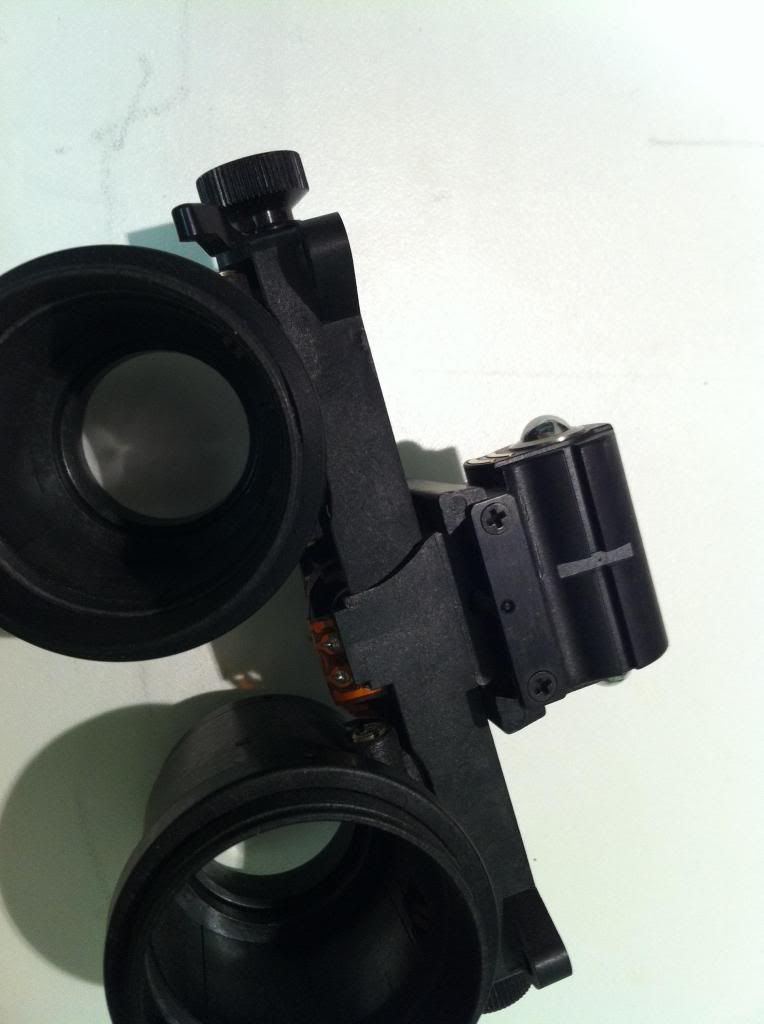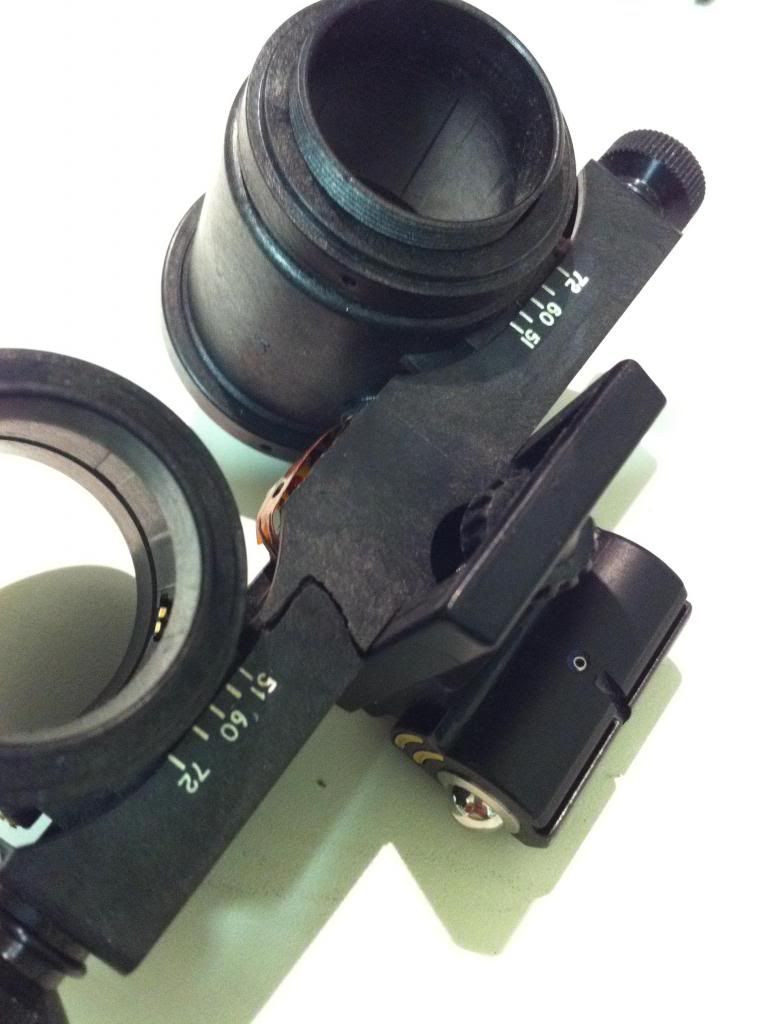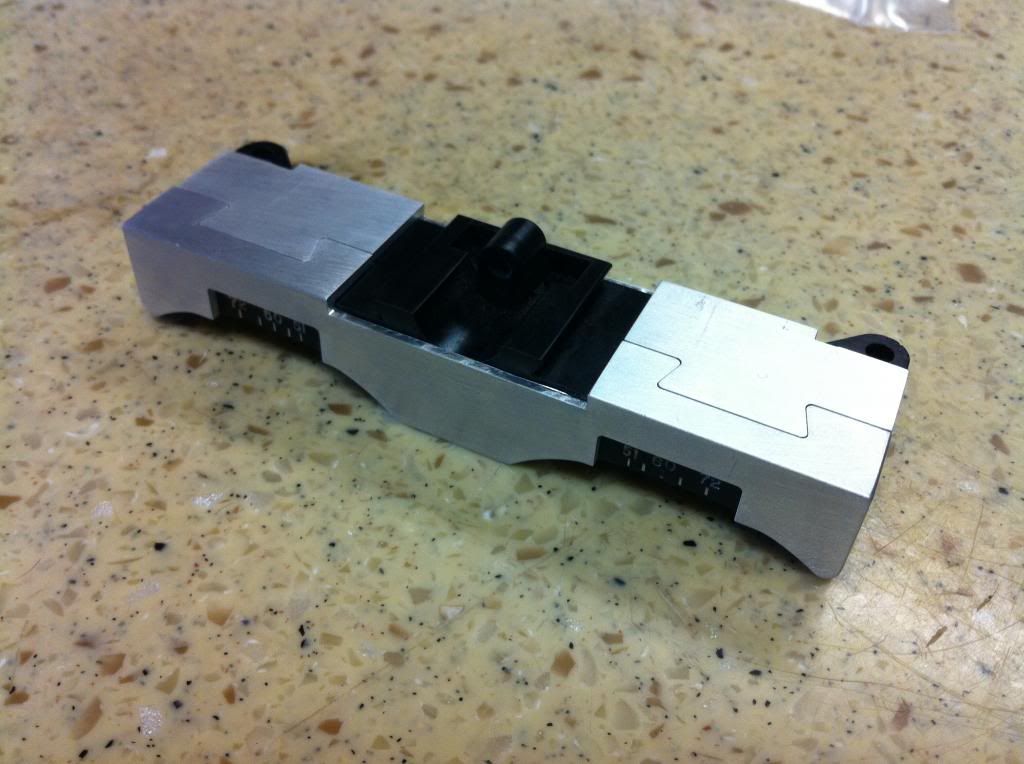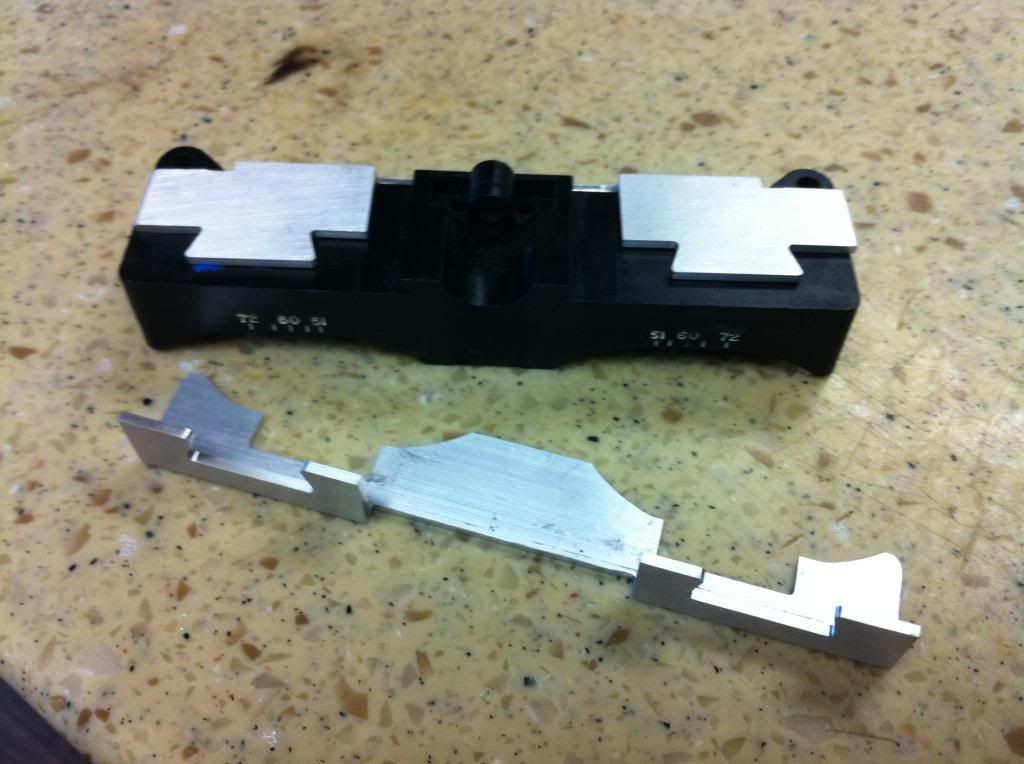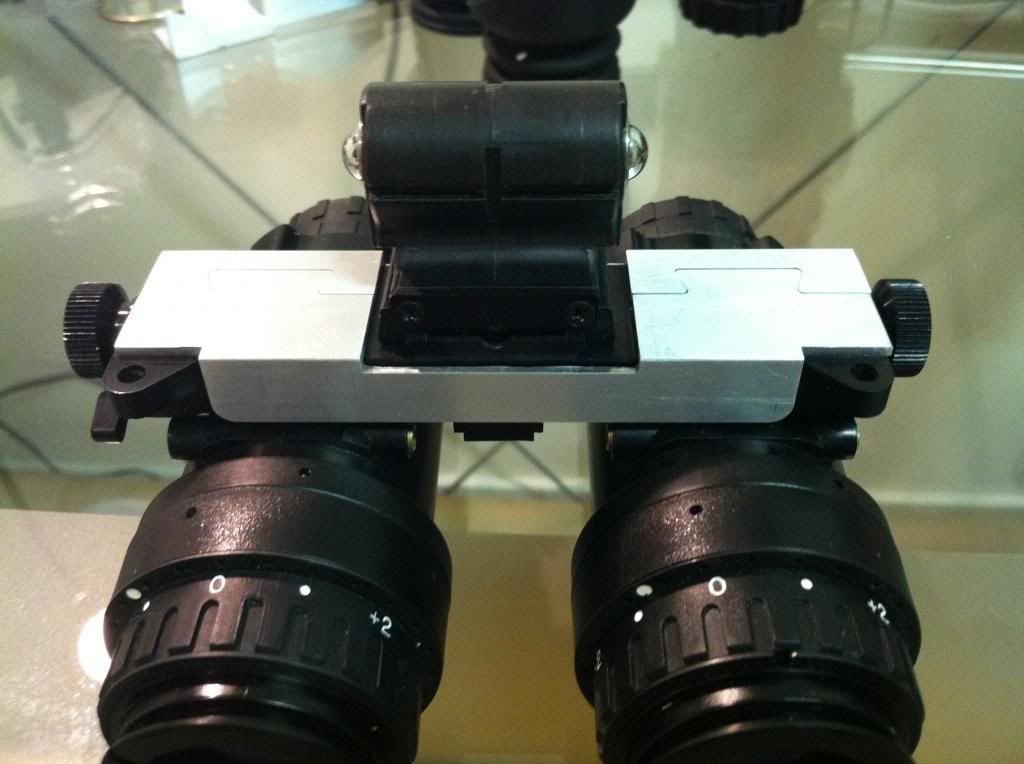Re: Adams Industries Sentinel
Guys, I have been running a prototype model of these goggles. They are a joint effort between Adams Industries and Summit. I've been in contact with both companies concerning feedback. A few small changes have yet to be made to the system in accordance with operational feedback, but overall we are looking at a solid unit.
The Sentinel/BNVS was developed to compete for the most recent solicitation for a dual tube goggle. The competition was probably more for show since the winner was a foregone conclusion. L3 took the prize with their new BNVD, which is surprisingly similar to the NV Depot BNVD(G) that we have been selling for a while. I won't get into the politics of this whole thing because it doesn't matter. While the Sentinel/BNVS might have lost the bid, the commercial and LE market are going to be the true winners.
This is a very nice system and will be very attractively priced. As the OP mentioned, the system is going to be made available minus tubes, so you can be sure that we are going to be offering different tiers with the same tubes found in our wildly successful TNV/PVS-14's.
So, let's look at the Sentinel/BNVS. At first glance, they appear very similar to the AN/PVS-23 (F5050) Goggle. They share some features:
-On-Board or Remote Power Capable
-Bridge Adjustment for Inter-pupilary adjustment
-Objective and Diopter focal adjustment
But, that is where the similarities end. Anyone who has ever run ANVIS-9, AN/AVS-6, or AN/PVS-23's will tell you that they seem... fragile. While they are pretty tough, the fact that the tube housings wiggle and rattle around under the bridge is somewhat disconcerting. But hey, if they work, they work, right? Well, the Sentinel/BNVS is solid. That is the first impression you will get when holding these things. There is no wobble in the tube housing/bridge connection. This is a big confidence-builder in the construction of the system. The Inter-pupilary adjustment in the bridge is smooth and mechanical. Nothing feels loose at all. The housing is machined from Delrin Polymer, a super dense thermoplastic known for durability and precision. This is the same material used in the popular BNVD(G)'s. It is solid and hefty. The whole unit feels like you could cave someone's skull in with the goggle if you had to (But, I don't condone such behavior...).
While the main tube housings and bridge assembly are Delrin, the objective lens assemblies and diopter assemblies are straight up PVS-14. So, these goggles are much more easily field-repaired than their ANVIS or AN/PVS-15 counterparts. In fact, field and armorer support for the PVS-15 is a big problem in the SOF community.
The Sentinel features a dual stage integrated IR illuminator for high/low power. activation of the illuminator is the same as legacy systems with just one more click for the dual power. I found the illuminators useful because I can get both SSE and engagement ranges out of it. Normally, the built-in illuminators in goggles are only good out to about 15 yards or so. This is on purpose since the point is to provide IR illum for SSE (Sensitive Site Exploitation). Basically, after your team has killed all the bad guys at the target location, you can use the illuminator to help in covert searches for intel. It's useful, but doesn't help a brother out when he's trying to illuminate something at 75 yards. The high power setting on the Sentinel illuminator solves this. The reason I am happy about this feature is because it helps to streamline my kit.
One of the ubiquitous items you will find on any of my helmets is a Surefire M1 Illuminator. It gives me the IR light I need to illuminate things within identification range of the goggle. So, it's one less thing I need hanging off my helmet. Sweet.
Another nice little detail is the rear plate of the bridge is metal. This is significant since the lanyard/ stabilization bungee attachment loops are part of this piece. It's a small detail, but it's nice that they paid attention to the need for extra strength in this area. And, it's the little things that matter.
But, sometimes, the big details are way cooler. For instance: how about a quick-change mount interface? Yeah, that's a new trick. The Sentinel can be run from an on-board single 123 battery or remotely from a helmet-mounted battery pack. The onboard option gives operators the ability to hook the goggle up to a standard dovetail style mount. This is a low-profile setup that allows the goggle to work like an AN/PVS-15. But, lets say you're feeling saucy and want to dress it up with a remote battery option for a night on the town. A quick removal of four hex head machine screws and you can swap in the ball-detent module. Now, you can run the goggle off a remote pack via a standard ANVIS mount or the excellent Adams Industries Surface ANVIS Mount (SAM). I much prefer this setup since the remote power pack runs the goggles longer and acts as a counterweight.
The ball detent module is pretty slick. It features an integrated fore/aft and tilt adjustment, something not found in most ball detent setups. The tilt adjustment is done by loosening a thumbscrew on the front to allow for pivot. Once the desired angle is found, simply tighten the thumb screw back down. I found that this piece tended to come lose while running. I brought this up to Adams and Summit and was told that a lock washer would be added in the final production model. Also, the thumbscrew is a bit small and hard to gain purchase while wearing gloves. This, too, is going to be changed.
I brought this system with me to the Walking Dead Multi-Gun Shoot outside of Dallas last weekend. I ran it for a while and gave the competitors a chance to run it too. It performed flawlessly. Although Big Army turned the Sentinel down, it has been shown to a very high speed federal LE team who loved it and will most likely be equipping their operators with it. I too, am very impressed with this goggle and am looking forward to offering it. We are currently awaiting the final refinements to be implemented. As soon as it is ready to go, we will have it for sale. Sit tight.




